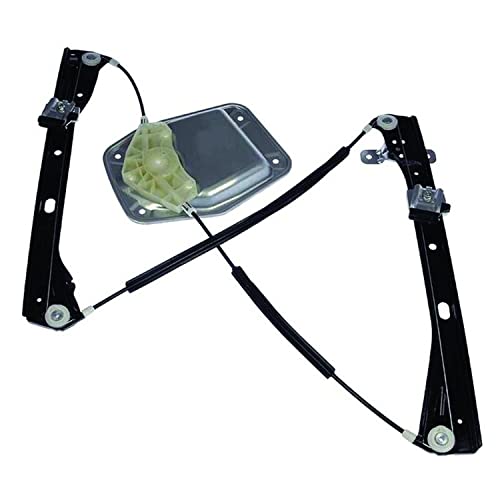Doris
Well-known member
The reason I ask is....I found the original sticker and M code for my bus as L282 Lotus white.The L282 is everywhere, engine bay, inside front panel etc - the only part that hasn't had the Lotus white painted over is the cargo floor under the R&R bed - its like a grey colour but doesn't look like just primer. Did Dormobile strip it to a shell and paint it?
This got me thinking about how far the likes of Dormobile, Danbury etc went when converting a bus, so.....
Did each company (Dormobile,Westfalia etc) buy a job lot off VW then sell them themselves?
or Could you go into a VW dealership and order a new Bus, they would say,"yes sir, what conversion would you like?" and then have your bus made into a Dormy,Westy,Viking etc?
This got me thinking about how far the likes of Dormobile, Danbury etc went when converting a bus, so.....
Did each company (Dormobile,Westfalia etc) buy a job lot off VW then sell them themselves?
or Could you go into a VW dealership and order a new Bus, they would say,"yes sir, what conversion would you like?" and then have your bus made into a Dormy,Westy,Viking etc?
































